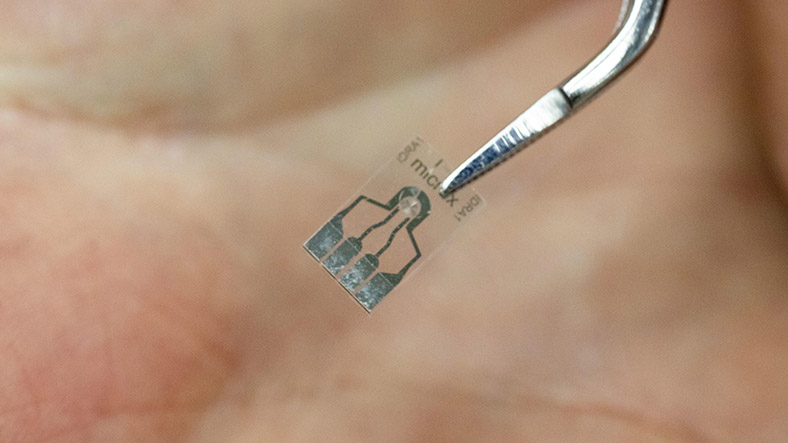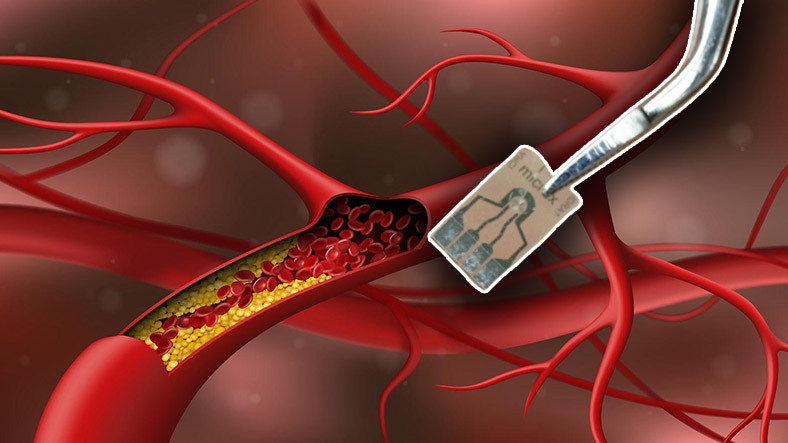Cholesterol disease, which occurs as a result of excessive consumption of animal foods, fast foods, and fried products containing trans fat, has been observed in most people over the age of 40 over the past 30 years. The reason for this is that the consumption style mentioned above has become widespread.
Cholesterol detection is currently colorimetry, chromatography and enzymes However, these methods require extremely aggressive reagents or complex and expensive equipment. The new alternative that scientists have come up with is that this situation their difficulties seems to eliminate it.
Invented new device can detect cholesterol much cheaper and faster than normal

Microchip produced by 3D printer
Associate Professor of the Department of Analytical Chemistry at UrFU Andrew Okhokhoninexplains the main discovery behind the invention: “We found that copper chloride, one of the most affordable options, is highly sensitive to cholesterol.”
Scientists’ invention requires a small amount of blood to detect cholesterol levels, that’s all. Sample blood is collected in a solution of copper chloride in acetonitrile. to the analysis chip is placed. This chip, which contains an electrode connected to the voltammetric analyzer, gives the analysis results in this way.
The new chip’s ability to analyze cholesterol levels also includes magnetic, molecularly imprinted polymers that selectively absorb cholesterol while filtering out other blood substances important to blood composition. nanoparticles It also has the benefit of inclusion.
The 3D printing of the microfluidic chip, which integrates all the elements of the system, also facilitates the device manufacturing process and makes it faster. Scientists state that their first test was not done on biological samples, but on model solutions that mimic blood serum. The next phase of the researchers’ work will be to test the system on real blood samples.














